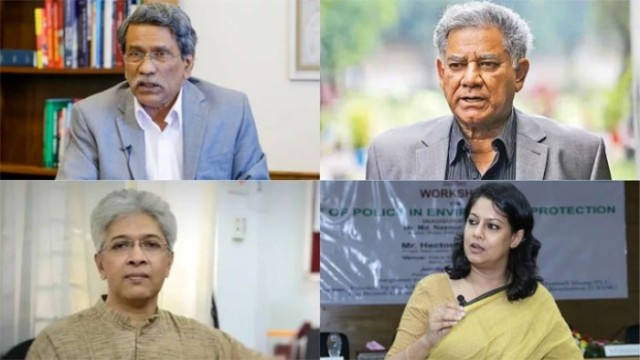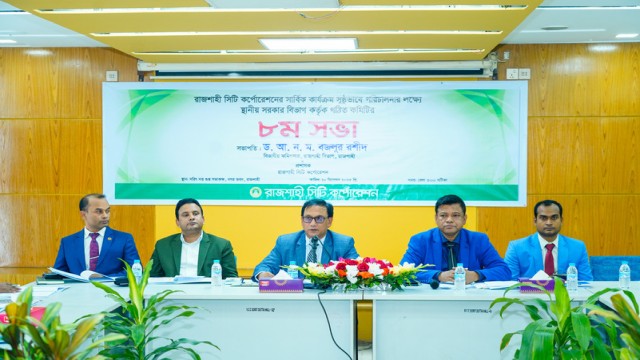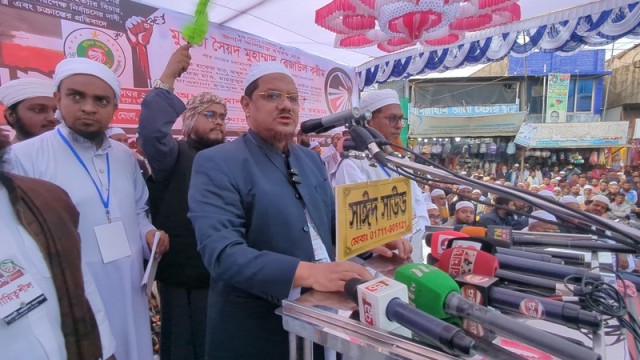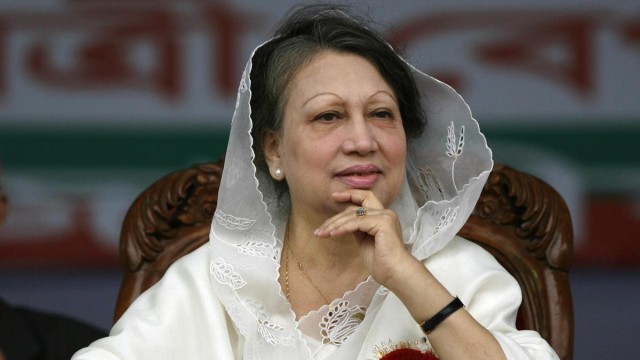Dec 31, (V7N) - Test cricket delivered a riveting spectacle this week with enthralling contests in Bulawayo and Melbourne. Afghanistan’s Hashmatullah Shahidi and Zimbabwe’s Brian Bennett showcased remarkable individual performances in a historic draw, while Australia edged out India in a thrilling encounter at the Melbourne Cricket Ground to take a 2-1 lead in the Border-Gavaskar Trophy.
Afghanistan-Zimbabwe: A Test of Resilience and Records
The first Test between Afghanistan and Zimbabwe at Queens Sports Club in Bulawayo ended in a draw, but not before rewriting the record books and providing a platform for standout performances. Hashmatullah Shahidi etched his name in history with an Afghan record of 246 runs, anchoring his side’s highest Test total of 699.
Shahidi’s marathon innings spanned an astounding 474 balls and 694 minutes, featuring 21 boundaries. His composure and endurance were complemented by a 364-run partnership with Rahmat Shah, who contributed a career-best 234. The duo’s effort laid a robust foundation for Afghanistan. Wicketkeeper-batter Afsar Zazai joined the record spree, notching his maiden Test century (113) in a 211-run stand with Shahidi, further solidifying Afghanistan’s dominance.
Despite Afghanistan’s imposing first innings, Zimbabwe showcased resilience. Brian Bennett, a 21-year-old all-rounder, emerged as a star in only his second Test. He scored an unbeaten 110 in Zimbabwe’s first innings, leading the hosts to a formidable 586. His five-wicket haul (5-95) in Afghanistan’s innings highlighted his bowling prowess, as he triggered a late collapse that restricted the visitors to a lead of 113.
Zimbabwe’s second innings, facing the pressure of a deficit, started shakily but stabilized thanks to the experienced pair of Sean Williams (35*) and Craig Ervine (22*). Early strikes from spinners Zahir Khan and teenage prodigy Allah Ghazanfar had reduced Zimbabwe to 88-4, but rain delays disrupted Afghanistan’s momentum. The final day concluded with Zimbabwe leading by 29 runs, as both teams settled for a draw with valuable lessons learned and new records set.
Australia vs. India: A Classic at the MCG
In Melbourne, Australia and India delivered a Test match for the ages. In front of a record-breaking crowd of over 370,000 across five days, Australia secured a nail-biting 184-run victory in the fourth Test, taking a 2-1 lead in the Border-Gavaskar Trophy.
Pat Cummins, Australia’s captain, was the architect of the victory, excelling with both bat and ball. Cummins took 3-28 in India’s second innings, adding to his first-innings haul, and made valuable contributions with the bat, scoring 49 and 41 in two crucial lower-order efforts. His performance earned him the player of the match award in what he described as “the best Test match” he had been part of.
India, chasing 340 for victory, appeared to have steadied the ship at 140-6, with Yashasvi Jaiswal anchoring the innings. The 21-year-old opener played a composed knock of 84, but his dismissal became the focal point of the match. Caught behind off Cummins, Jaiswal was given out after a contentious DRS review overturned the on-field umpire’s decision. The review sparked debate, with Indian captain Rohit Sharma expressing frustration over their repeated struggles with the technology.
Following Jaiswal’s exit, India crumbled, losing their last seven wickets for just 34 runs. Scott Boland (3-39) and Nathan Lyon (2-37) ran through the lower order, with Lyon sealing the win by trapping Mohammed Siraj lbw. India’s efforts to force a draw were undone by aggressive Australian bowling and some misjudged shot selections, including Rishabh Pant’s ill-timed aggression that led to his dismissal for 30.
Australia’s victory was built on a strong first-innings total of 474, highlighted by Steve Smith’s masterful 140. India replied with 369, led by Nitish Kumar Reddy’s maiden Test century (114). However, the lack of support from the lower order and a second-innings collapse proved costly for the visitors.
The Bigger Picture
Both matches underscored the beauty and unpredictability of Test cricket. In Bulawayo, Afghanistan and Zimbabwe showcased the growth of the game beyond traditional powerhouses, with young talents like Brian Bennett and seasoned performers like Hashmatullah Shahidi making their mark. The drawn result reflected a balance between bat and ball, with rain playing a decisive role in the outcome.
In Melbourne, the intensity of the contest between two cricketing giants reaffirmed the enduring appeal of the format. Australia’s victory sets up an intriguing finale in Sydney, where India must win to level the series and retain the Border-Gavaskar Trophy. For Australia, avoiding defeat will bring the coveted trophy back after a decade.
As the cricketing world turns its attention to Sydney, fans can reflect on a week that demonstrated the richness of Test cricket—grit, strategy, and the ability to enthrall over five days.
END/WSP/RH/






























Comment: